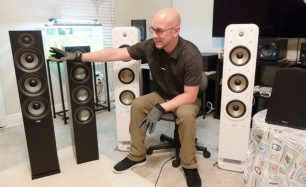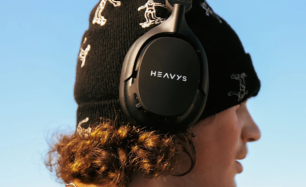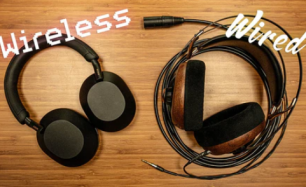How to Properly Store Your Headphones to Prevent Damage
Headphones are a valuable investment, whether you own premium over-ear headphones, wireless earbuds, or studio-quality headsets. However, improper storage can lead to broken cables, scratched surfaces, and reduced sound quality over time. Properly storing your headphones not only extends their lifespan but also ensures they stay in perfect working condition for longer.
Here’s how to properly store your headphones to prevent damage and maintain sound quality.
1. Use a Protective Case
One of the best ways to store headphones is by keeping them in a protective case when they’re not in use. This prevents dust, moisture, and accidental drops, which can all contribute to long-term wear and tear.
Best Practices:
- Use the case that came with your headphones or invest in a hard-shell case for extra protection.
- Make sure the case is snug but not too tight to avoid unnecessary pressure.
- For earbuds, choose a compact case that protects both the earbuds and the charging case.
Why It Works: A case acts as a barrier against impact, scratches, and environmental damage, keeping your headphones safe wherever you go.oiling reduces tension on the internal wires, ensuring they remain functional and flexible for longer.headphones.

2. Store Cables Properly (For Wired Headphones)
For wired headphones, improper cable storage is one of the most common causes of fraying, tangling, and connection issues. Twisting and bending cables too tightly can damage the internal wiring, leading to sound distortion or complete failure.
Best Practices:
- Use the over-under coiling method to prevent kinks and strain.
- Avoid wrapping the cable around the headphones tightly—this can stress the connector points.
- Secure cables with a Velcro strap or cable tie instead of knots or rubber bands.
Why It Works: Preventing cable stress and knots reduces wear and tear, ensuring clear, uninterrupted sound transmission.
3. Avoid Extreme Temperatures and Moisture
Headphones are sensitive to heat, humidity, and direct sunlight, all of which can damage internal components and degrade materials like leather or foam ear pads.longs usability.
Best Practices:
- Store headphones in a cool, dry place away from heat sources like radiators, car dashboards, or direct sunlight.
- Keep them away from humid environments, such as bathrooms or gym lockers.
- If your headphones get wet, dry them completely before use and avoid charging wireless models until they are moisture-free.
Why It Works: Protecting headphones from extreme conditions prevents battery issues, material degradation, and electronic malfunctions.
4. Use a Headphone Stand for Daily Use
For those who use their headphones daily, a headphone stand is an excellent storage solution. Instead of leaving your headphones on a desk or throwing them in a bag, placing them on a stand prevents accidental drops, cable tangling, and unnecessary wear on ear cushions.
Best Practices:
- Choose a sturdy stand with a soft or curved hanger to avoid pressure on the headband.
- Make sure the stand is placed in a dust-free, low-traffic area to prevent damage.
- For gaming headsets, opt for a stand with built-in charging docks for convenience.
Why It Works: A dedicated place for your headphones keeps them accessible and well-maintained, reducing the risk of physical damage.

5. Keep Headphones Away from Pets and Small Children
Headphones, especially wireless earbuds and delicate wired models, can be easily damaged by pets or children. Chewed cables, broken headbands, or lost earbuds are common issues when headphones are left in easily accessible areas.
Best Practices:
- Store headphones in a high or enclosed space when not in use.
- Use a headphone case with a zipper to keep small earbuds secure.
- Train pets to avoid playing with cables and discourage children from mishandling them.
Why It Works: Keeping headphones out of reach prevents accidental chewing, dropping, or breaking, preserving their condition for longer.
Final Thoughts
Properly storing your headphones is key to extending their lifespan and maintaining optimal sound quality. By using a protective case, storing cables carefully, avoiding extreme conditions, using a headphone stand, and keeping them away from pets and kids, you can prevent common types of headphone damage.
Making these simple adjustments ensures that your headphones stay in great shape, free from scratches, and sounding crystal clear for years to come.








